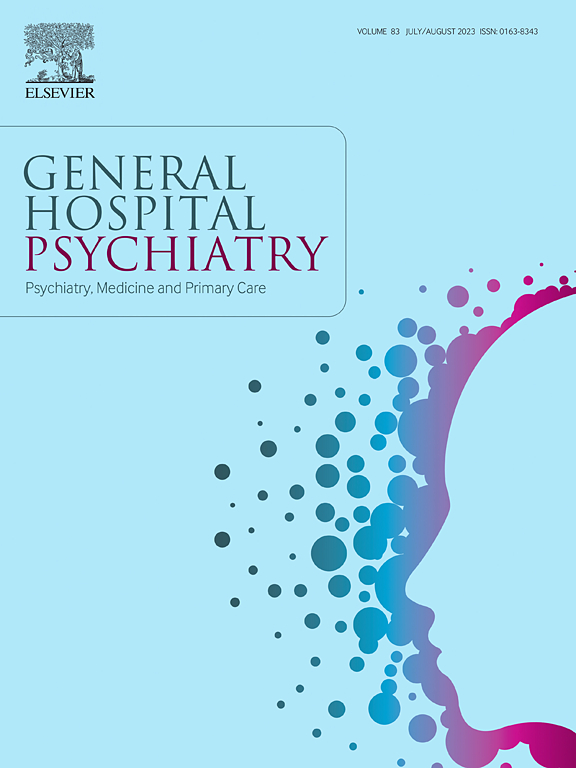A national movement or just a ripple? Few outpatient perinatal visits engage in essential perinatal behavioral health screening practices
IF 3.7
2区 医学
Q1 PSYCHIATRY
引用次数: 0
Abstract
Objectives
Perinatal behavioral health conditions are currently the leading cause of US maternal mortality. To prevent morbidity and mortality, obstetrics clinicians must screen for behavioral health conditions using a validated screener. However, many women's behavioral health conditions go undetected and untreated. This brief highlights the extent of the US health system's failure to adequately screen for critical perinatal health conditions.
Methods
Pooled data from the 2015–16, and 2018–19 National Ambulatory Medical Care Survey were generated to assess rates of screening for depression, alcohol use, substance use, and domestic violence during routine prenatal care visits.
Results
In the pooled 2015–2016 and 2018–2019 NAMCS sample (n = 1135) there were 82,986,275 weighted office visits for routine prenatal care. Clinicians most frequently identified as physicians. Screening data was nearly absent from the data, with domestic violence screenings being conducted most frequently at a reported 2.7 %.
Conclusions
This study found behavioral health screening tools are used infrequently during office visits for routine prenatal care. While many clinicians endorse at least some behavioral health screening practices, the adoption of these screenings in all healthcare settings has not occurred.
是一场全国性的运动,还是只是一场涟漪?很少门诊围产期访问从事必要的围产期行为健康筛查做法
目的围产期行为健康状况是目前美国孕产妇死亡的主要原因。为了防止发病率和死亡率,产科临床医生必须使用有效的筛选器筛选行为健康状况。然而,许多妇女的行为健康状况未被发现和治疗。本简报强调了美国卫生系统未能充分筛查关键围产期健康状况的程度。方法生成2015-16年和2018-19年全国门诊医疗调查的汇总数据,以评估常规产前检查中抑郁症、酒精使用、物质使用和家庭暴力的筛查率。结果2015-2016年和2018-2019年NAMCS合并样本(n = 1135)中,常规产前护理加权门诊就诊82,986,275次。临床医生通常被认为是内科医生。数据中几乎没有筛查数据,其中进行家庭暴力筛查的频率最高,据报道为2.7%。结论本研究发现行为健康筛查工具在常规产前护理中使用频率较低。虽然许多临床医生至少认可一些行为健康筛查的做法,但这些筛查在所有医疗保健机构的采用尚未发生。
本文章由计算机程序翻译,如有差异,请以英文原文为准。
求助全文
约1分钟内获得全文
求助全文
来源期刊

General hospital psychiatry
医学-精神病学
CiteScore
9.60
自引率
2.90%
发文量
125
审稿时长
20 days
期刊介绍:
General Hospital Psychiatry explores the many linkages among psychiatry, medicine, and primary care. In emphasizing a biopsychosocial approach to illness and health, the journal provides a forum for professionals with clinical, academic, and research interests in psychiatry''s role in the mainstream of medicine.
 求助内容:
求助内容: 应助结果提醒方式:
应助结果提醒方式:


